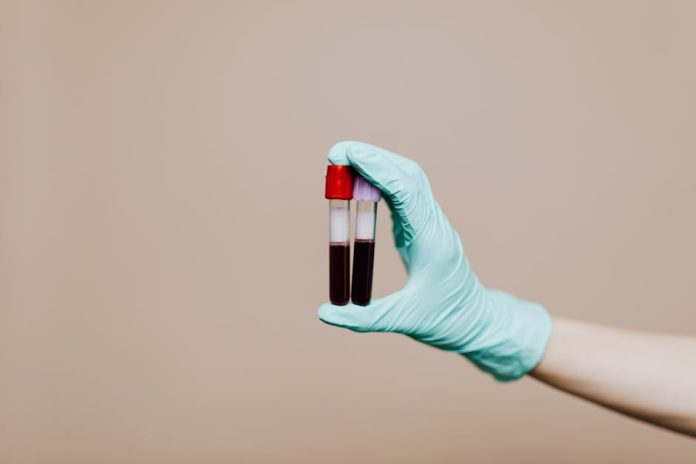
A Revolutionary Leap in Oncology
Imagine a world where cancer is detected not after symptoms appear, but years before. This isn’t science fiction; it’s the groundbreaking reality emerging from Johns Hopkins Kimmel Cancer Center. Researchers have developed a sophisticated blood test capable of detecting tumor DNA in the bloodstream up to three years before conventional imaging methods can spot the cancer. This monumental breakthrough promises to fundamentally change how we approach cancer screening, diagnosis, and treatment.
How Does This Game-Changing Test Work?
The technology, often referred to as a “liquid biopsy,” targets something called circulating tumor DNA (ctDNA). As tumors grow, they shed tiny fragments of their mutated DNA into the bloodstream. For years, the challenge has been detecting these minuscule signals—like finding a single grain of black sand on a vast white beach.
The Johns Hopkins team leveraged next-generation sequencing and advanced computational analysis to create a test with unprecedented sensitivity. By analyzing a simple blood draw, the test can identify genetic and epigenetic markers unique to cancer cells. Finding these markers is a clear signal that a tumor, even one that is microscopic and asymptomatic, exists somewhere in the body.
The Study’s Astonishing Results
The recent study that has the medical community buzzing followed a large cohort of individuals over several years. The results were stunning: the blood test successfully identified ctDNA in patients who, at the time, showed no clinical signs or symptoms of cancer. On average, the positive signal was detected a median of three years before a formal diagnosis was made using traditional methods like CT scans or MRIs.
What does a three-year head start mean?
- Early Intervention: Treatment can begin when the cancer is at its earliest, most localized stage (Stage I or II), dramatically increasing the chances of a cure.
- Less Invasive Treatments: Smaller, earlier-stage tumors often require less aggressive therapies, improving a patient’s quality of life.
- Proactive Monitoring: For high-risk individuals, it offers a new paradigm of proactive surveillance instead of reactive diagnosis.
What’s Next for This Cancer-Detecting Blood Test?
While this technology represents a quantum leap forward, it is still undergoing refinement and further clinical trials before it becomes a routine part of your annual check-up. Scientists are working to improve its accuracy, expand the number of cancer types it can detect, and determine the best protocols for its use in the general population.
However, the promise is undeniable. This research from Johns Hopkins isn’t just an incremental improvement; it’s a paradigm shift. We are moving closer to a future where a simple blood test can give us the ultimate advantage in the fight against cancer: time.

